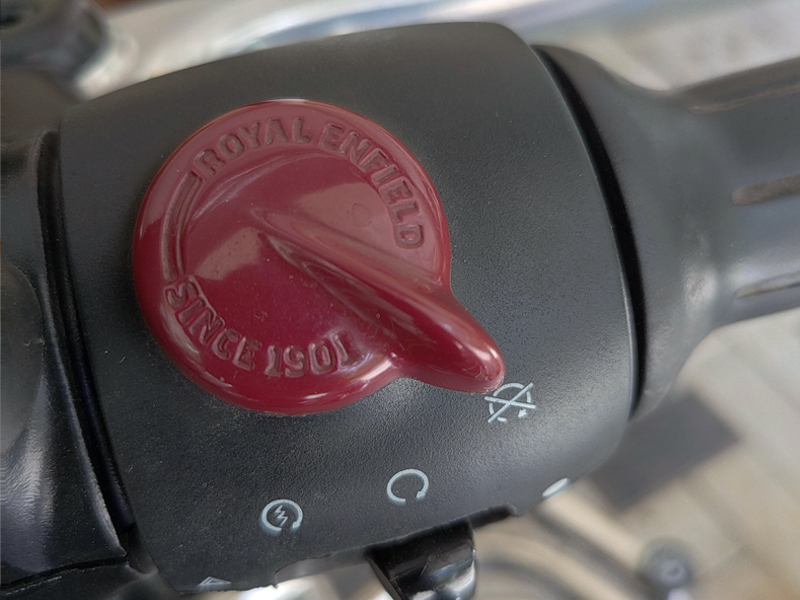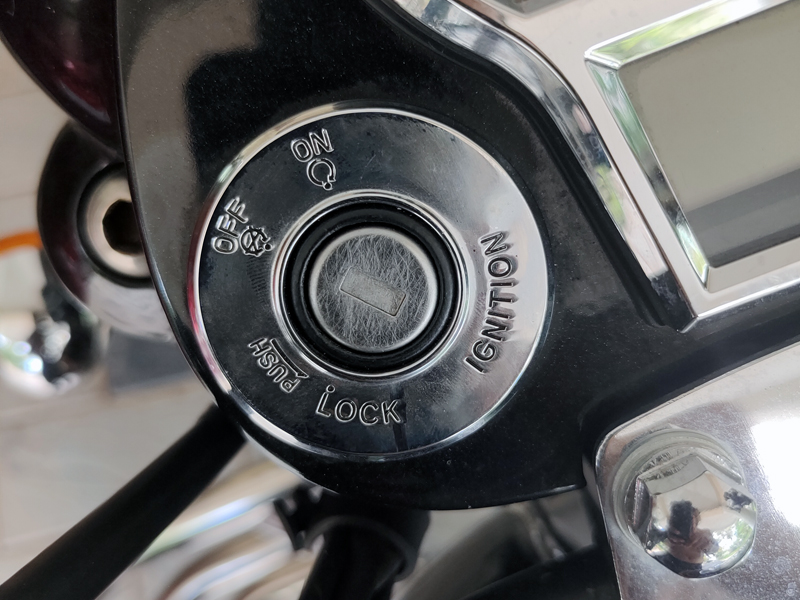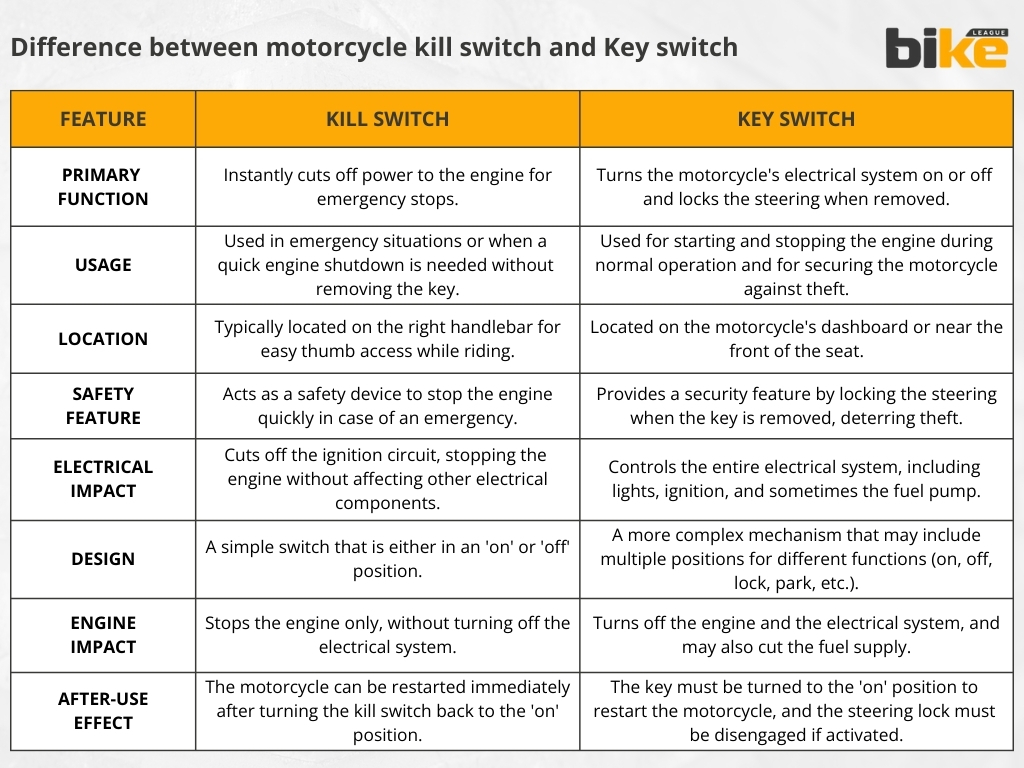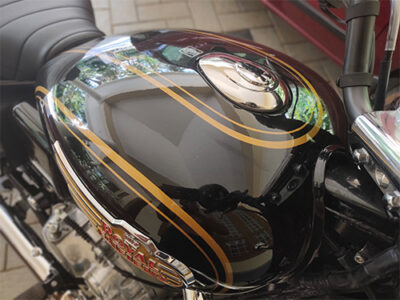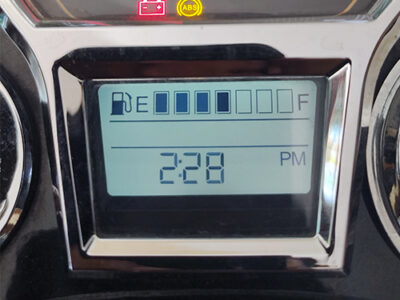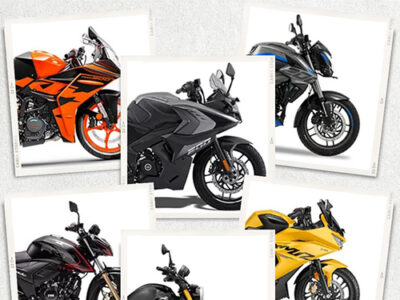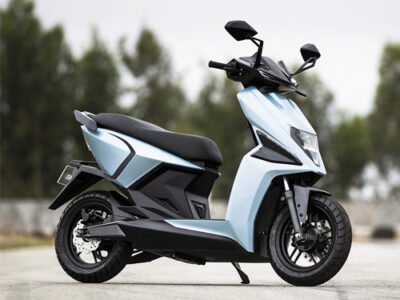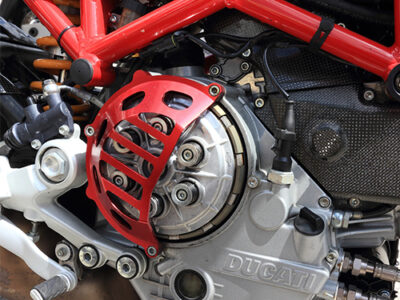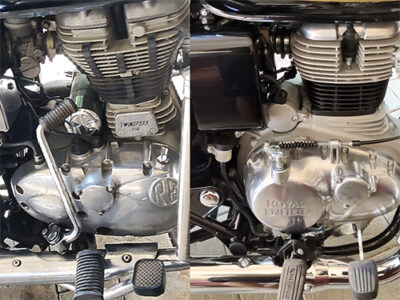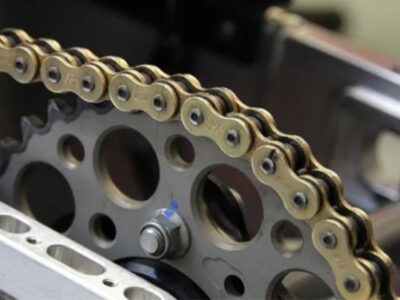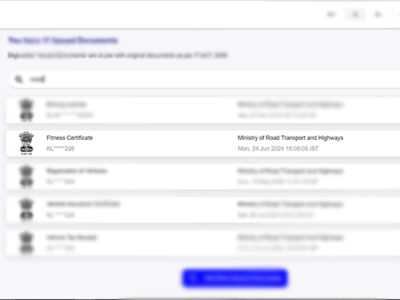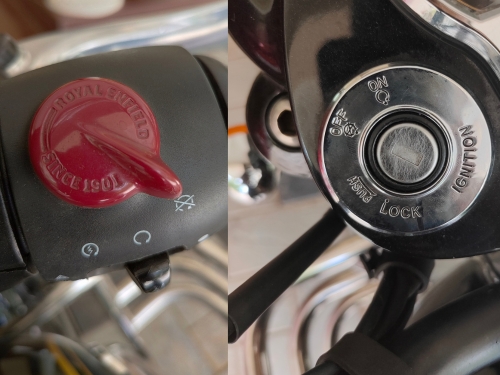
|
Getting your Trinity Audio player ready...
|
Introduction
Motorcycle safety is a critical aspect of riding, and riders must understand the functionalities and differences between a motorcycle /bike engine kill switch and a key switch. However, the disappointing fact is that most people do not know the critical differences and have several misconceptions and myths about the same among motorcycle riders.
Motorcycle Kill Switch
The motorcycle kill switch, engine cutoff switch, or emergency stop (E-stop) is a vital safety mechanism that immediately shuts off the motorcycle’s engine in emergencies. This feature is more than just a button; it’s a rapid response ally for any rider, ensuring quick and efficient engine shutdown.
Legal Requirements
A bike engine kill switch is often a legal requirement in various jurisdictions, including India. This is part of broader safety regulations aimed at minimizing risks associated with motorcycle riding. While specific Indian regulations may vary, the global trend towards mandatory kill switches underscores their importance.
Safety and Usage
The bike engine kill switch enhances rider safety by automatically cutting out the engine if the rider falls off. Thanks to a magnetic mechanism connected to a lanyard, using the kill switch to turn off the motorcycle’s engine is safe and will not damage the electrical system. Riders are encouraged to use the kill switch regularly to develop muscle memory, which can be crucial in emergencies.
Maintenance and Considerations
Regular maintenance checks should include the kill switch to ensure it functions correctly. Ensure that it operates smoothly, is free of debris, and shows no signs of wear or damage that could affect its functionality. It is also advisable not to use the kill switch while the bike is in intense motion.
Motorcycle Key Switch
The key switch, or ignition switch, is the primary method for starting and stopping the motorcycle. It controls the power supply to the engine and other electrical components. This switch is essential for the regular operation of the motorcycle, ensuring that all systems are powered down when the bike is turned off.
Differences from Kill Switch
While the bike engine kill switch is an emergency feature for quick engine shutdowns, the key switch is for regular operation. The key switch turns off the entire electrical system, whereas the kill switch only cuts power to the ignition coil. This distinction is crucial for understanding when to use each switch.
Practical Use
In non-emergency situations, riders can use the key switch to turn off the motorcycle. This is a more comprehensive method of shutting down the bike, ensuring all electrical systems are powered down. However, using the bike engine kill switch can be more convenient in specific scenarios, such as waiting at a red light or in emergencies.
Myths about motorcycle kill switch and key switch
Myth: Using the Kill Switch Frequently Damages the Bike
Reality: Utilizing the kill switch does not harm the motorcycle. It is designed to cut off the ignition coil contact, shutting down the engine without causing damage. However, excessive fiddling with the switch when the bike is already off can lead to issues.
Myth: The Kill Switch is Only for Emergencies
Reality: While the kill switch is primarily an emergency-off mechanism, it can regularly turn off the bike quickly without reaching for the key. This practice is safe and does not negatively impact the motorcycle.
Myth: The Kill Switch is Complicated to Use
Reality: The kill switch is a simple component. It is designed for ease of use, allowing riders to operate it with their thumb while riding, ensuring quick and efficient engine shutdown.
Myth: The Kill Switch is Optional
Reality: In many regions, including Europe, having an operational kill switch is a legal requirement for motorcycle certification. This underscores its importance in the safety apparatus of motorcycles.
Myth: The Kill Switch Can Be Used While the Bike is in motion
Reality: Using the kill switch while the motorcycle is in intense motion is not advisable. This can lead to a sudden engine shutdown, which may be dangerous. The switch should be used when the bike is stationary or controlled.
Myth: Forgetting the Kill Switch Can Lead to Panic
Reality: Riders often forget that the kill switch is engaged, leading to unnecessary panic about potential engine or battery issues. This can be avoided by making a habit of checking the kill switch position before starting the bike.
Myth: The Kill Switch and Key Switch Serve the Same Purpose
Reality: While both switches can turn off the engine, the kill switch is designed for quick, emergency shutdowns, whereas the key switch is for regular use. The kill switch provides an additional layer of safety.
Myth: The Kill Switch is a Recent Addition to Motorcycles
Reality: The kill switch has been a standard motorcycle feature for many years, reflecting the industry’s commitment to rider safety and preparedness.
Myth: The Kill Switch is Unnecessary if the bike Has a Key Switch
Reality: The kill switch enhances safety by providing a rapid response option to shut down the engine in emergencies, which the key switch alone cannot offer. This feature is crucial for preventing accidents and ensuring rider safety.
Myth: The Kill Switch is Not Taught in Riding Schools
Reality: Motorcycle Safety Foundation (MSF) courses and other riding schools teach the use of the kill switch as part of their curriculum, emphasizing its importance in rider safety and emergency preparedness.
FAQ about motorcycle kill switch and key switch
1. What is the primary function of a motorcycle kill switch?
A motorcycle kill switch, or an emergency stop or E-stop, is a safety mechanism for immediately shutting off the motorcycle’s engine in emergencies.
2. Is using the kill switch to turn off the motorcycle’s engine safe?
Yes, using the kill switch to turn off your motorcycle’s engine is safe and will not damage the electrical system. However, it is essential to avoid overuse or misuse, such as repeatedly fiddling with the button when the bike is already off.
3. How does a kill switch enhance rider safety?
A motorcycle kill switch enhances rider safety by automatically cutting out the engine if the rider falls off. Thanks to a magnetic mechanism connected to a lanyard, this helps prevent potential accidents and can save the engine from expensive damage due to seizures.
4. What are the legal requirements for kill switches in India?
While specific Indian regulations may vary, the global trend towards mandatory kill switches underscores their importance. In many regions, including India, the presence of a kill switch is often a legal requirement as part of broader safety regulations aimed at minimizing risks associated with motorcycle riding.
5. How should a kill switch be maintained?
Including the kill switch in your regular motorcycle maintenance checks is advisable. Ensure that it operates smoothly, is free of debris, and shows no signs of wear or damage that could affect its functionality.
6. What is the primary function of a motorcycle key switch?
The key switch, or ignition switch, is the primary method for starting and stopping the motorcycle. It controls the power supply to the engine and other electrical components.
7. What is the difference between a kill switch and a key switch?
While the kill switch is an emergency feature designed for quick engine shutdowns, the key switch is used for regular operation. The key switch turns off the entire electrical system, whereas the kill switch only cuts power to the ignition coil.
8. When should a rider use the kill switch?
Riders should use the kill switch when a quick engine shutdown is necessary. It is also convenient for turning off the bike quickly without taking the hand off the handle to reach for the key. However, using the kill switch while the bike is in intense motion is not advised.
9. When should a rider use the key switch?
In non-emergency situations, riders should use the key switch to turn off the motorcycle. It is a more comprehensive method of shutting down the bike, ensuring all electrical systems are powered down.
10. Can overuse of the kill switch cause damage?
While using the kill switch does not negatively affect the bike in everyday use, continuously playing with the switch in the off condition can affect the ignition coil long-term but cause no immediate damage.
Other related articles from Bikeleague India
- Motorcycle helmet in India – All in one buying guide
- What is Motorcycle ABS? – Doubts, Queries and FAQ
- Different types of bike clutch explained
- Honda CD 110 Dream Deluxe
- Yamaha Ray ZR Street Rally 125 Fi
Conclusion
Understanding the functionalities and appropriate uses of the motorcycle kill switch and key switch is essential for rider safety and maintenance.
The kill switch provides a quick and effective way to shut down the engine in emergencies. In contrast, the key switch is used for regular operation. Both components are crucial, and their proper use can enhance safety and prevent potential issues.
By incorporating these practices into regular riding habits, motorcyclists can ensure a safer and more reliable riding experience.
If you have any other doubts or queries, email us at bikeleague2017@gmail.com. You can also share your doubts or opinions in the comments section below. We are always eager to help and assist you. Also, here are several social media platforms of Bikeleague India to raise your suspicions.

